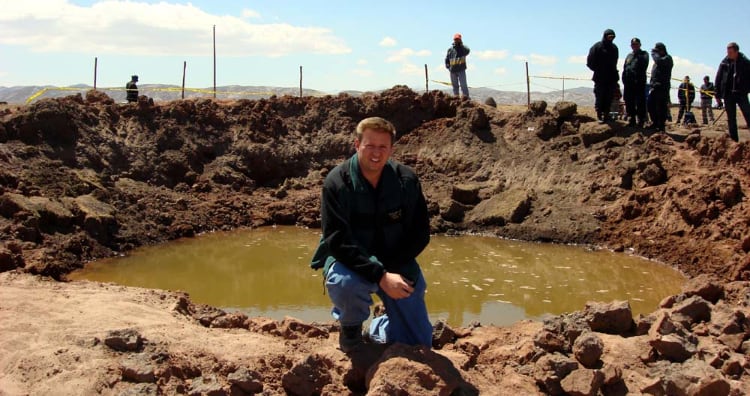20 Science Mysteries that Have Baffled Experts
11 What Caused the Sleeping Sickness Epidemic (1915-1930)?
Encephalitis lethargica, or “sleeping sickness,” is believed to have affected around half a million people in Europe between 1915-1930. Symptoms included strange behavior, muscle rigidity, parkinsonism, and an overwhelming feeling of lethargy. So, what caused this epidemic? Viral infection? Microbial agents? Pollutants? Or maybe something else? There’s a good chance we’ll never know. (source)
12 Did the Carancas Meteorite Cause a Mysterious Illness?
On September 15th, 2007, a chronicle meteorite crashed near a remote Peruvian village. The meteor itself confounded many. Chondrite meteors typically burn out in the atmosphere, so how had this one made it to the surface? Things got weirder when the locals started feeling sick for unknown reasons after the crash. Theories about what caused this sickness range from mass hysteria riled up by local superstitions to vapourised arsenic caused by the collisions. But, the likelihood is that we will never uncover the truth. (source)
13 Did Black Holes Come Before or After Galaxy Clusters?
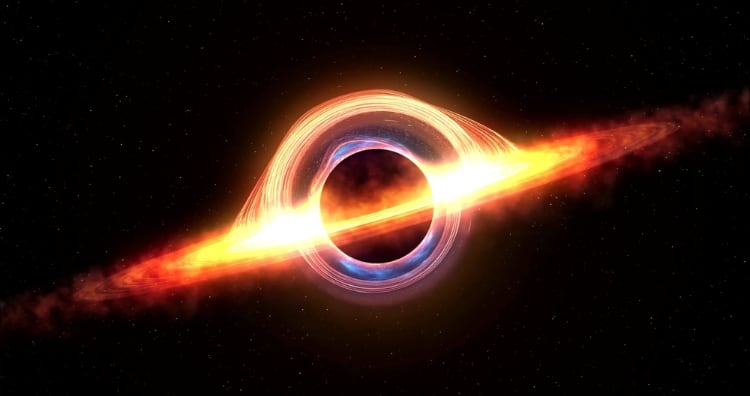
Black holes may be the most extraordinary objects in the universe. Formed from the death of giant stars, they often seem to defy all known classical physics. And while advances in technology are enabling us to observe them like never before, there’s still so much we don’t understand about them.
For instance, we don’t yet understand their complicated relationship with nearby stars. We think there may be supermassive black holes at the center of most galaxies, but we’re not sure if these black holes form before or after these galaxies cluster together. Their varying sizes cause even more headaches. Some are so massive that they seem too big for the galaxies they inhabit, while others seem too small to exist. (source)
14 What Causes the Hessdalen Lights?
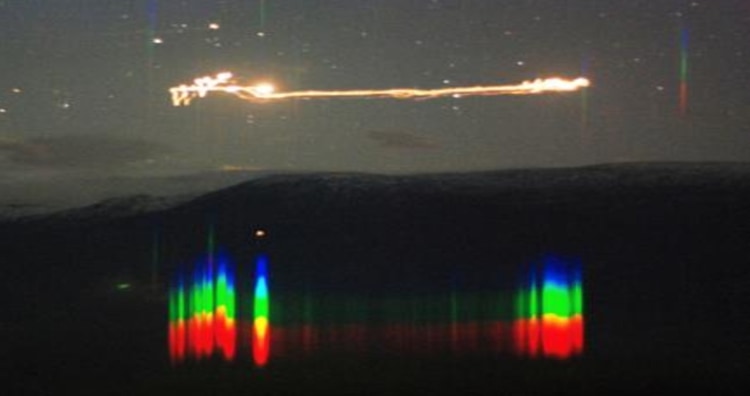
People have been seeing strange lights in the mountains west of the Hessdalen Valley in Norway for several decades now. Sometimes these lights last only a few seconds, but other times much longer. Sometimes they whiz around quickly, and other times, they just hang in the air. And before you get skeptical, we know they exist because they’ve been caught on photos, film, and even radar.
Despite years of research, no one has figured out what they are. One theory suggests that they are the result of dust igniting due to the presence of a rare element known as scandium in the area. Others believe that the cause is coulomb crystals produced by ionization. And, of course, some will tell you that these lights are actually UFOs. (source)
15 What Exactly Is Dark Energy and Dark Matter?
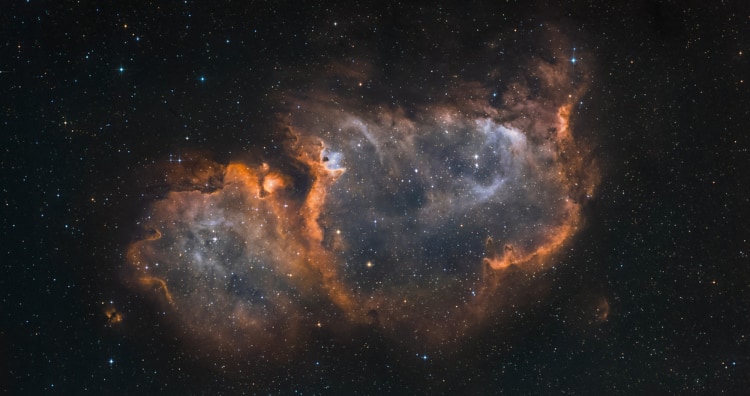
We once assumed that the universe’s expansion would slow over time due to gravity. But in 1998, Hubble Telescope observations showed that the universe’s expansion was speeding up. The explanation? A hypothetical force named “dark energy.” Current leading theories estimate that 68% of the universe is made up of dark energy and that another 27% is the equally confounding dark matter. We have yet to observe either of these forces, but scientists think they must exist because otherwise, the universe wouldn’t behave in the manner that it does. Many scientists now believe that the key to understanding the universe is understanding these forces and how they work. (source)
16 How is Ball Lightning Formed?
Sometimes referred to as “globe lightning,” ball lightning is a mysterious phenomenon that causes electric orbs to form in the sky. These orbs range in color and usually form during thunderstorms. For a long time, many were skeptical of their existence. But, in 2012, researchers from a Chinese university inadvertently recorded one ball lightning event while studying thunderstorms. So, we know they exist. But we haven’t yet figured out how they’re formed. (source)
17 Is Time Fundamental to Reality?
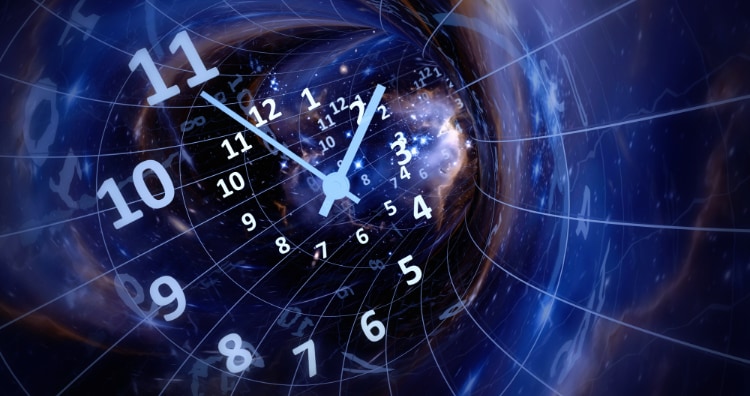
Time seems a straightforward affair. But, as anyone who has sat through a particularly dull meeting can attest, the experience of time is anything but straightforward. We know, for instance, that speed and gravity can alter and seemingly even slow down time. But is time a fundamental component of reality or an emergent phenomenon? Einstein theorized that space and time began with the “Big Bang,” but that argument is far from over. But if there was a beginning of time, it only raises the question, will there also be an end? (source)
18 Why Do We Sleep?

We spend around a third of our lives asleep, so you’d think we’d be pretty clued up on it by now. But many aspects of sleep remain a mystery. For instance, we’re not entirely sure why complex animals evolved the need for sleep. Sure, we can see the benefits, but there’s nothing concrete to suggest life couldn’t have evolved differently.
Another aspect of sleep we know surprisingly little about is why we dream. Some theories suggest that dreaming helps us with memory processing or problem-solving. Another suggestion is that dreams help us to dissociate past traumas and anxieties. Perhaps, they do all of the above, but no one has found conclusive evidence. (source)
19 What Are Earth’s Underground “Blobs”?
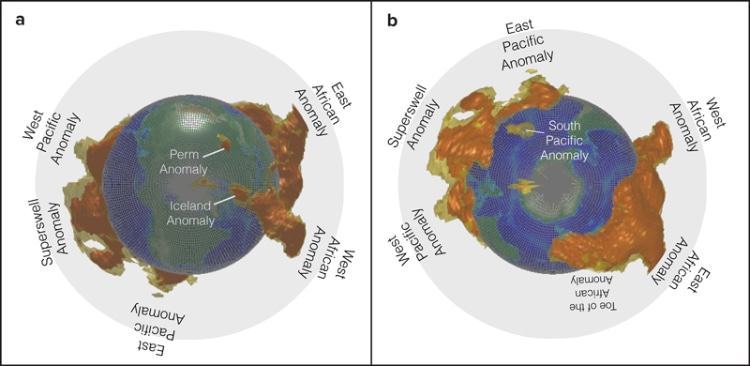
Some 2,000 kilometers beneath the Earth’s surface, there exists a series of continent-sized masses that have confounded scientists for decades. These masses, which scientists have taken to referring to as “blobs,” are situated between the Earth’s rocky mantle and its molten core. We know these blobs exist thanks to seismic tomography, but since we can hardly peer inside the planet, we have no idea what they are. However, scientists believe they play a key role in plate tectonics and could be the key to understanding how the Earth came to be. (source)
20 Where Are all the Aliens?

Though it’s billions of years old, our solar system is comparatively young compared to others in the universe. Therefore, any alien civilizations out there may have had a big head start regarding their development. So, it figures that there should be one or two galactic empires out there by now. Yet, so far, we haven’t heard a peep.
From this observation, we can theorize a few possibilities. Either alien lifeforms are actively avoiding us (understandable perhaps), intelligent life is extremely rare, or there is an upper limit on technological advancement that renders interstellar travel impossible. The truth remains a mystery. For now, at least, it seems we’re all we’ve got. (source)














